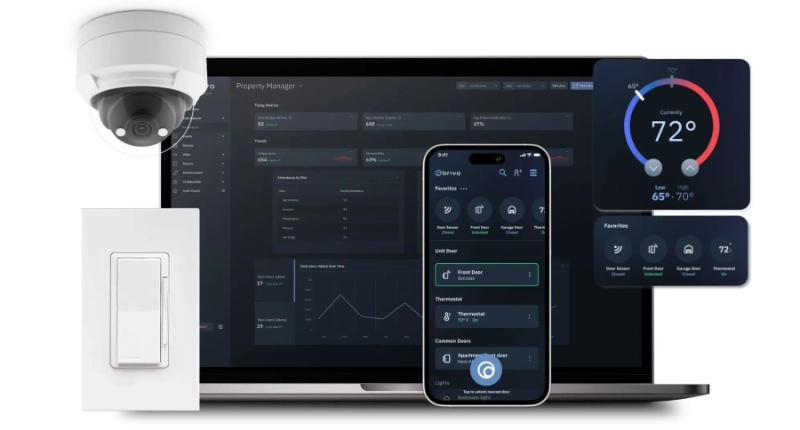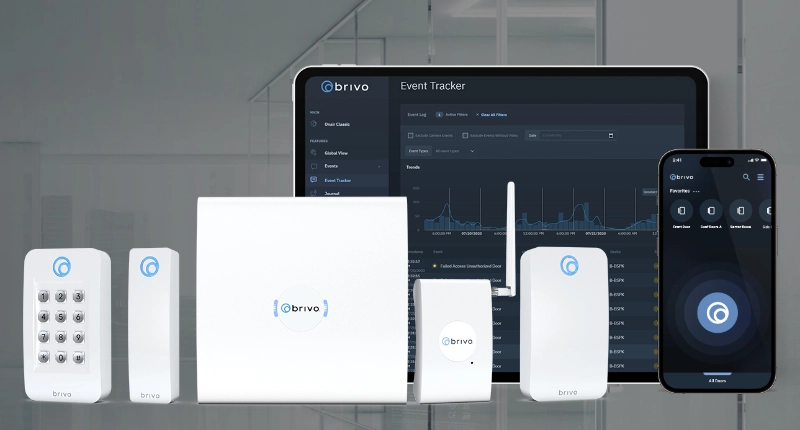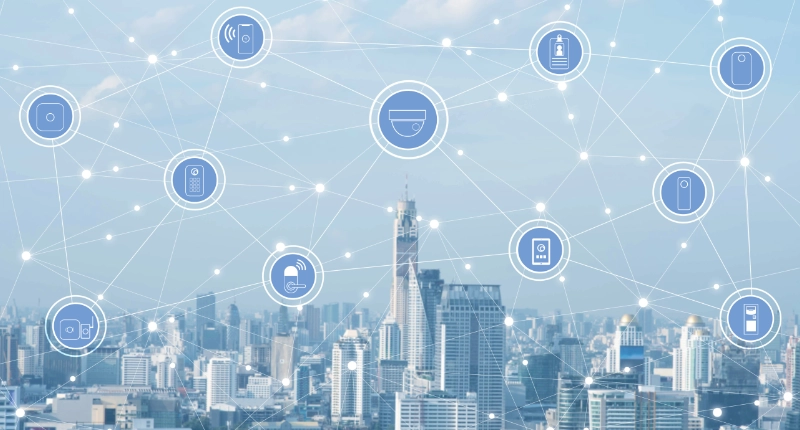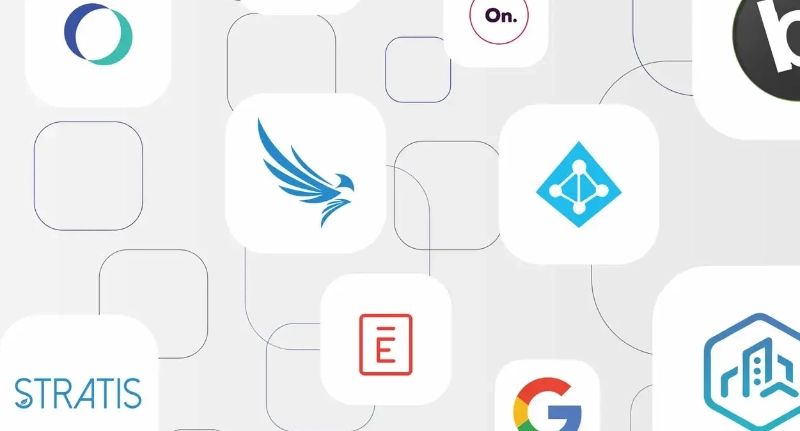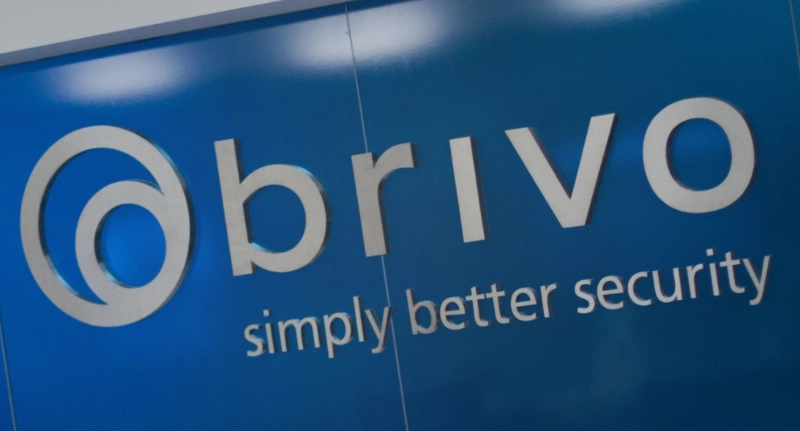| BYSTANDERS | Bystanders have a long way to go on their journey to integrating hybrid working with digital transformation. They also have the biggest opportunity to align these two components from the outset. Making informed decisions based on data is the first step for these companies to start climbing the workplace experience ladder. |
| RETURNERS | Returners have established a strong return-to-office strategy, but they have no margin for error in the digital experience they provide. Employees coming in every day will not stand for technology that creates boundaries. The digital experience and system integration will need to be flawless from when the employees access the building. |
| WANDERERS | The benefits of hybrid working are deeply understood by the Wanderers. However, they need greater insights into how people are using their space to make it an attractive place for employees to choose to go to. For this, they need to invest in data collection and analytics that come from integrated systems. |
| INTEGRATORS | Integrators acted swiftly and understand the important intersection of hybrid work and systems integration. But they can’t afford to get complacent. Integrators need to use the data they have from their integrated systems and constantly adapt their spaces to accommodate the changing needs of their flexible workspace. |
There are three key components organizations should consider when plotting their strategy for the future, and the right integrated access control can help.
Data
Challenge: The ability to track what’s happening in the physical office space is a critical part of systems integration. Occupancy tracking is one way to understand how office space is being used.
Solution: Brivo recently introduced Occupancy Tracking for Brivo Access: this is a feature that allows security and facility managers to set occupancy limits by site based on corporate or local policy requirements and track the number of people inside an office. From this, organizations can make decisions around access. Brivo also projects data into a dashboard for trend analysis and data exploration so facilities teams can map patterns of occupancy and adjust facilities according to occupancy.
Security
Challenge: Whether people are working remotely or in the office, all systems need to be secure and safe. Hybrid working means that it is harder to manage who is coming in and out of the office and tailgating can become a significant security issue if the right systems aren’t in place.
Solution: The Brivo access platform allows cloud-based access control and video surveillance to be combined for ultimate facilities control. Facilities teams can get real-time views of the building that are securely stored in the cloud and available through remote access. Brivo unifies the security experience across both video and access control systems, allowing an organization to better protect employees, customers, and visitors in the office.
Experience
Challenge: Hybrid working enables choice for employees to work where they feel most productive. Part of this decision process will be around the type of experience they want, so the office has to deliver an attractive experience to be a viable choice for work. This starts at the entrance to the building.
Solution: Brivo has introduced mobile access using a smartphone. The Brivo mobile app provides tenants, employees, and guests with an easy way to unlock connected doors and entrances in a building. Property managers can use Brivo mobile access control management to grant necessary access and control the property remotely. Employees can use their personal device biometrics like fingerprint and facial recognition to add an additional layer of security.
The landscape of digital transformation alongside hybrid working is complex. Brivo is fluent in this complexity. Brivo creates a holistic and seamless experience where employees can be fully flexible, with integrated digital systems that start with cloud-based security and access into the office building.
Hybrid workplace security begins with access control because workplace safety is crucial. When security isn’t always present, the hybrid work model presents challenges for companies and property managers. Remote management with access control protects people and property. Brivo has the tools you need to manage a hybrid work environment and can provide you with the best security insights for your organization.
Learn more about different hybrid work models and integrating access and security



